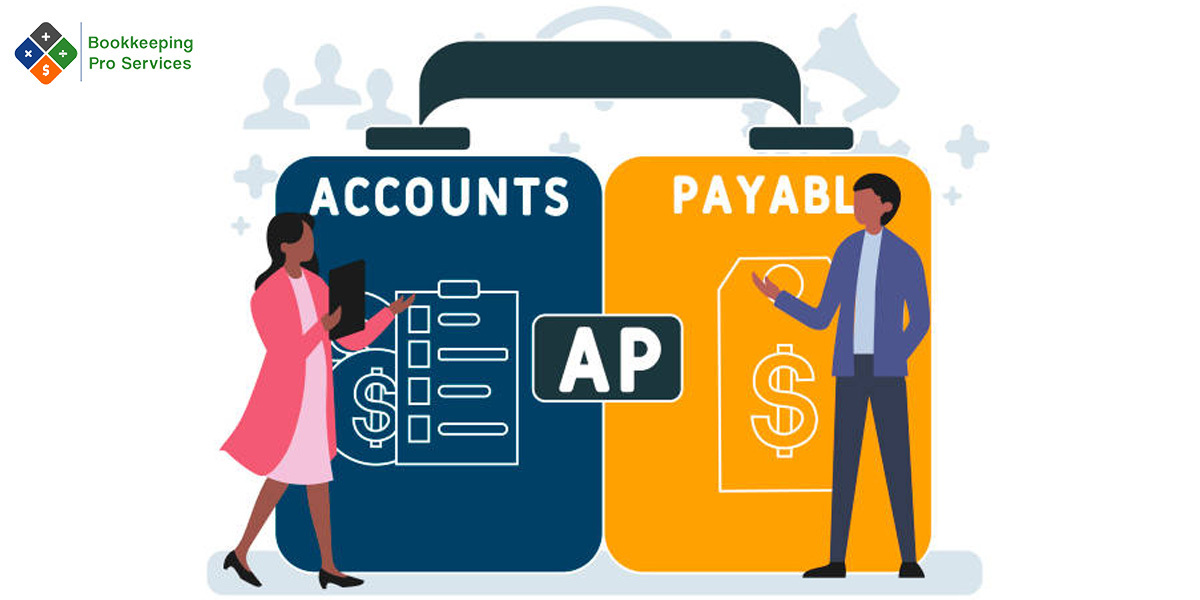- info@bookkeepingproservices.com
- 1390 W. 6th St. #120 Corona, CA 92882
What is Accounts Payable? Why is Account Payable (AP) Important?
sfsdfsdfsdf

What is Accounts Payable? Why is Account Payable (AP) Important?
Accounts payable or payables are the short-term debt a company owed to its creditors and supplier that has not yet been paid. Account payable appears on the balance sheet as a current liability.
Accounts payable is an account on a general ledger that represents the company's current liability to be paid in a year.
What are accounts payable?
Account payable is a short-term debt of a company that is to be paid in the short term. This is the amount you will send to the supplier and creditor.
Account payable vs Accounts receivable
Accounts payable and receivable are essentially the opposite. Account payable is the amount that the company owed to others and account receivable is the amount you owe from others. Basically, account receivable is assets and accounts payable are liabilities.
Accounts receivable and accounts payable can both be found on the balance sheet as a line item, but one is under current assets and the other as current liability.
Both items are a part of working capital but work the opposite. Accounts receivable bring cash inflows and account payable takes cash from business or cash outflow.
How to track Accounts Payable
You can track accounts payable as a line item in the current liability section, also it is an account in the general ledger in the liability section. This represents the amount you owe to the other in the short term.
Accounting for Payables
Proper double-entry bookkeeping accounting required that the debit and credit will offset each other. So, when the bill is received the bookkeeper/accountant then records accounts payable, and the Bookkeeper/ accountant credits the account payable.
The debit side for this entry generally goes to an expense account for the good or service that was purchased on credit. Treatment, when the bill is paid, the accountant debits the account payable to decrease the liability. The credit side is made to the cash account, which also decreases the cash balance. account payable
Consider a business buying a good of $ 500 on credit the accountant will make an entry as by debiting purchases and crediting account payable this entry will be made when the bill is received. After 15 days payment is made against the bill so the accountant will debit the account payable that was previously credited to decrease the liability previously recorded. The other side of the entry will be crediting cash or bank through which channel payment is made.
Accounts Payable vs. Trade Payables
Accounts payable and trade payable are open use interchangeably but there is a difference. Trade payable is for the amount owed for inventory purchased on credit, but account payable is a broad term that encompasses all the short-term debt.
Receiving a bill:
The very first step is receiving a bill as per accounting standards you record the bill when you receive it. That you proceeded to record it here which is the second step.
Recording Bill
After receiving the bill proper double entry is made with the recording liability and relative expense and inventory item.
Double entry demonstration
Continuing the above example if inventory is bought from a supplier on credit for $500 then this is recorded initially as purchases debit and payable credit.
On payment, the double entry reverses the liability recorded by debiting payable and cash or bank is credited respectively.
Description |
Dr. |
CR |
Purchases |
500 |
|
Account payable |
|
500 |
When paid |
|
|
Account Payable |
500 |
|
Cash/Bank |
|
500 |
Adding to schedule:
After receiving a bill, it should be put on a schedule so you never miss payment.
Review
The next step you will review the bill and note its details. You need to have a purchase order, which contains details about your bill and who to send it to.
Update Records
update your records. Before paying your bill and noting it as a debit, make sure your records are accurate and that you have the approval to pay.
Timely Payment
It is important to pay dues on time to never default on debts. Also, paying credit on time gives suppliers the confidence to give further credit.
Accounts Payable Turnover Ratio
The accounts payable turnover ratio is a metric to show how frequently a business is paying its debts, particularly accounts payable. It is a ratio measured with respect to time.
A decreased account payable turnover ratio
- It is taking longer to pay off its suppliers compared to previous periods
- Is or may be in financial distress
An increasing accounts payable turnover ratio shows that a business:
- Has enough access to liquidity to pay off its debts
- Is managing its cash flow and debts effectively.
- Is paying off suppliers at a faster pace compared to previous periods.
AP Aging Schedule
AP is generally termed used for department managing accounts payable. Aging summary gives a detailed and systematic view of accounts payable:
- Current (under 30 days)
- 1-30 days due
- 30-60 days due
- 60-90 days due
- More than 90 days due
Account payable management is important for every business, particularly small businesses that need to build a reputation with suppliers and creditors also to never default. Contact Professional at Bookkeeping Pro Services to streamline and manage your account payable so that you never default on debts and build a reputation with suppliers.

